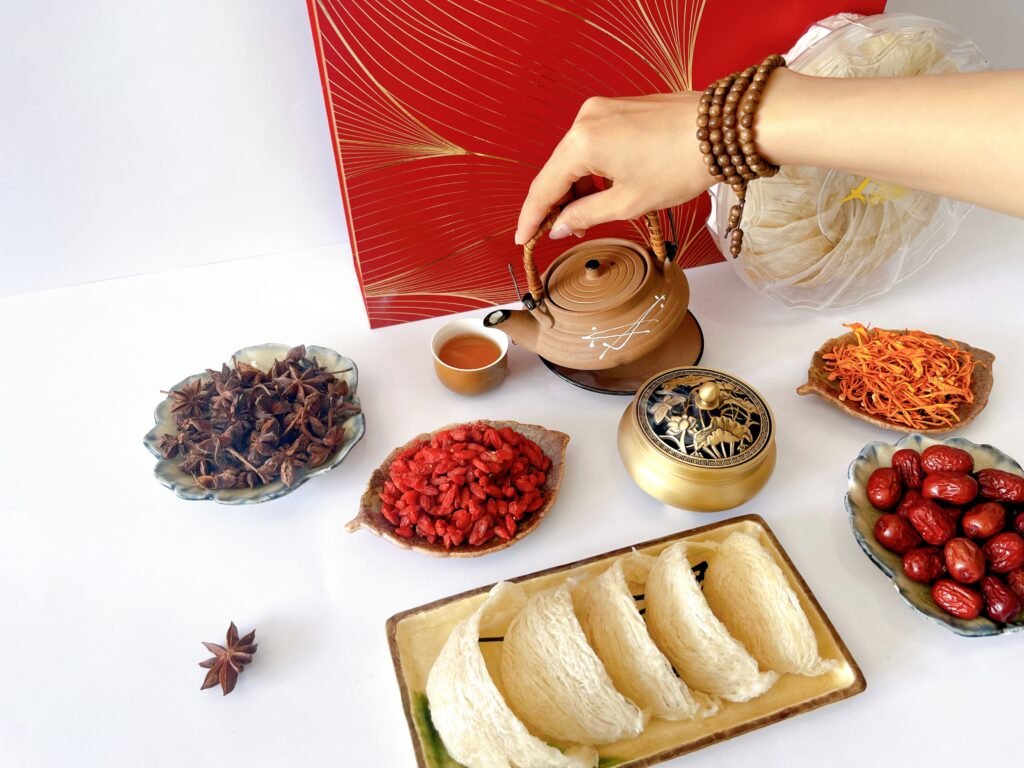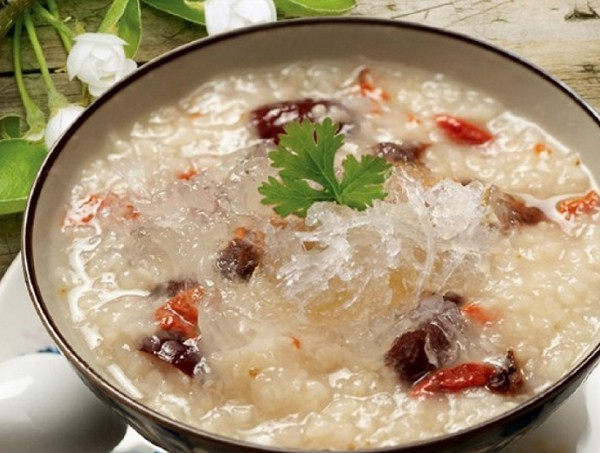Blog
Can diabetic patients use bird’s nest?
The answer is YES. Bird’s nest is formed from the saliva of swiftlets. Bird’s nest contains no sugar, so diabetic patients can consume it without worrying about a spike in blood sugar levels.
1. Benefits of Bird’s Nest for Diabetic Patients
It is clear that people with diabetes can regularly incorporate bird’s nest into their diet to help recover physical strength, enhance health, and provide abundant energy for the body.
Helps stabilize blood sugar: Studies have shown that isoleucine and leucine in bird’s nest are amino acids that help regulate blood sugar levels, reducing the risk of sudden spikes. Meanwhile, phenylalanine not only helps control blood sugar but also supports the formation of hemoglobin, which improves glucose and oxygen circulation to organs in the body.
Prevents insulin resistance: Proper use of a bird’s nest can help prevent insulin resistance. This reduces the risk of diabetes, as red blood cells increase their ability to transport glucose into body cells to produce energy.
Provides nutrition for diabetics: Diabetic patients often suffer from nutrient deficiencies and physical weakness due to restrictive diets. Therefore, adding bird’s nest dishes like bird’s nest with lotus seeds or red dates helps replenish nutrients and reduce exhaustion without raising blood sugar levels.
Boosts immune system: Bird’s nest contains amino acids such as alanine, serine, and various vitamins and minerals that help strengthen the immune system. It also helps patients sleep better, reduces fatigue and stress. Furthermore, bird’s nest dishes are effective in preventing diabetes-related complications such as infections and ulcers.
Accelerates wound healing: Complications from diabetes are often accompanied by prolonged and more severe inflammation and tissue damage compared to healthy individuals. Tyrosine and amino acids like proline (5.27%), aspartic acid (4.69%), and valine (4.12%) in bird’s nest help accelerate healing, regenerate tissue cells and red blood cells effectively.
2. Dosage of Bird’s Nest for Diabetic Patients
Bird’s nest is very beneficial for diabetic patients, but to ensure safety and maximum effectiveness, it should be used consistently and in the correct dosage:
- During treatment: Patients should consume 5g of bird’s nest daily, approximately 150g per month.
- After achieving positive treatment results: Reduce intake to 5g every other day, about 100g per month.
- Patients should also consult with their doctor regarding appropriate dosage before using a bird’s nest.
3. How to Prepare Bird’s Nest for Diabetic Patients
Since this is for diabetics, sugar should be limited or excluded from the recipe. Below are three bird’s nest preparation methods that ensure delicious meals without affecting health:
a. Steamed Bird’s Nest with Dried Red Dates and Lotus Seeds
Ingredients:
- 4g bird’s nest
- 4–7 dried red dates
- 20g lotus seeds
Instructions:
- Clean the bird’s nest and remove feathers.
- Steam the nest using the double boiler method for about 20 minutes.
- Open the lid, add red dates and lotus seeds, and steam for another 5 minutes.
Serve and enjoy.
Since bird’s nest has no sugar, it tastes quite bland. The natural sweetness of red dates and the nutty flavor of lotus seeds enhance the dish’s taste while ensuring safety for the user.

b) Bird’s Nest Porridge with Sprouted Brown Rice
Ingredients:
- 4g bird’s nest
- 1/2 bowl of sprouted brown rice
- 20g minced meat
- Green onions, coriander, and a pinch of seasoning
Instructions:
- Soak and clean bird’s nest, then steam it for 20 minutes.
- Soak the rice for 40 minutes, then cook until soft. Season lightly.
- Add minced meat and stir well.
- Add the steamed bird’s nest to the porridge, cover for 5 minutes.
- Garnish with green onion and coriander, then serve.

c. Steamed Bird’s Nest with Diabetic-Friendly Sugar
If you want to enjoy the taste of bird’s nest with sugar, you can use diabetic-safe sugars available in supermarkets and pharmacies. These sweeteners are certified safe and do not cause sudden spikes in blood sugar.
Preparation is the same as steaming with red dates.
Additionally, bird’s nest can be made into various savory dishes such as:
- Stewed black chicken with bird’s nest
- Bird’s nest crab soup
- Bird’s nest stewed with young pigeon
These dishes are nutritious, sugar-free, low in starch, and excellent for supplementing nutrients in a diabetic diet.
4. Best Time to Consume Bird’s Nest
- In the evening, 1 hour before sleep: About 1 hour after sleeping, hormone levels in the body peak, helping absorb nutrients more effectively. It also avoids bloating or indigestion since previous meals have been digested.
- 30 minutes before breakfast: Provides energy and nutrients for the new day. Bird’s nest also helps you feel full longer, limits snacking, and supports dietary restrictions


